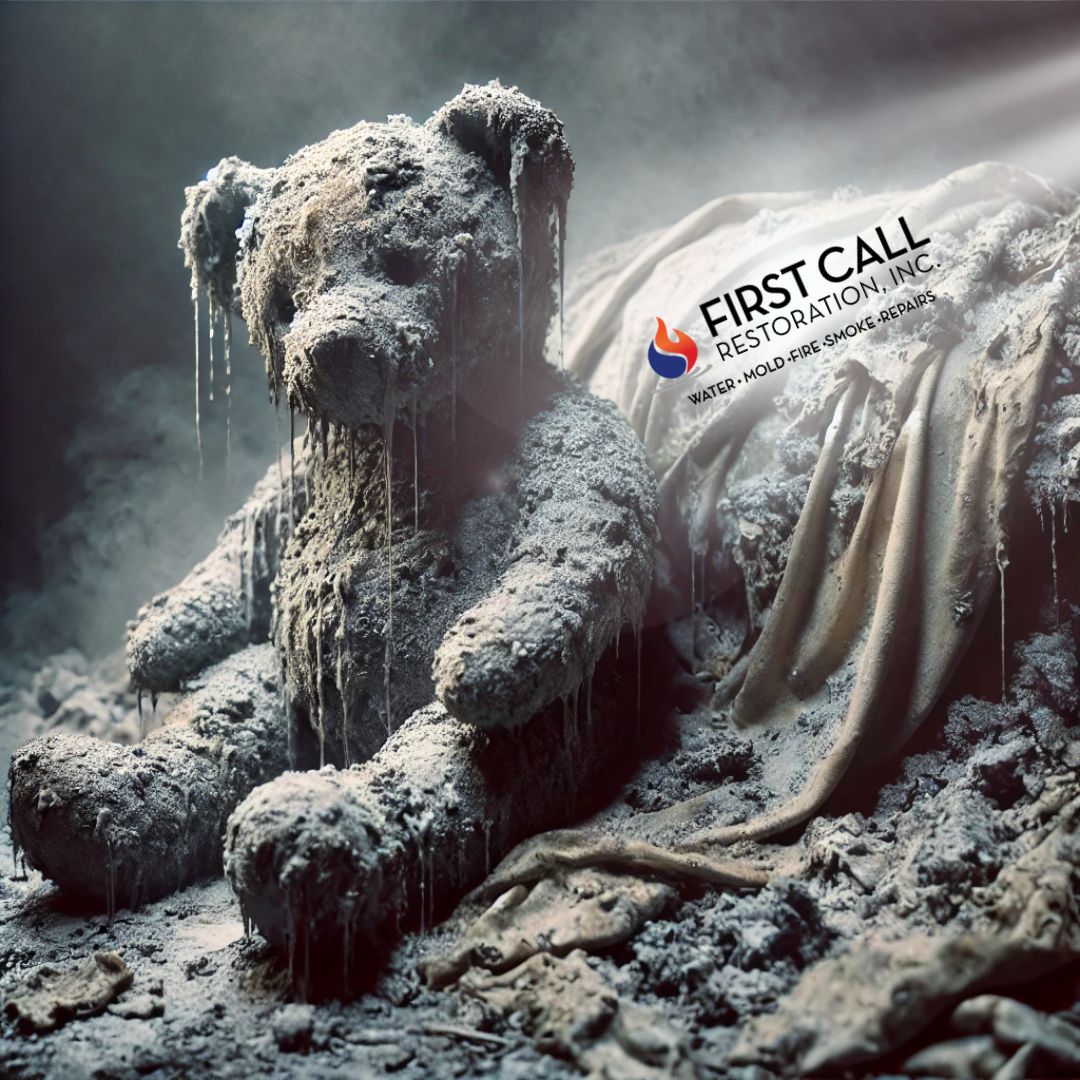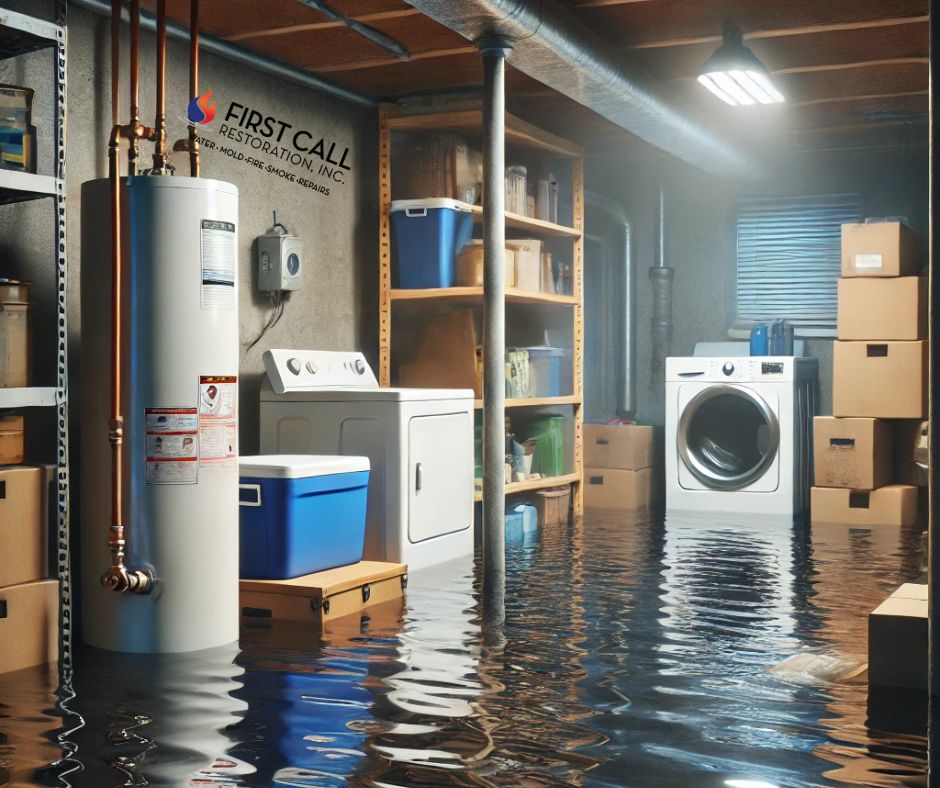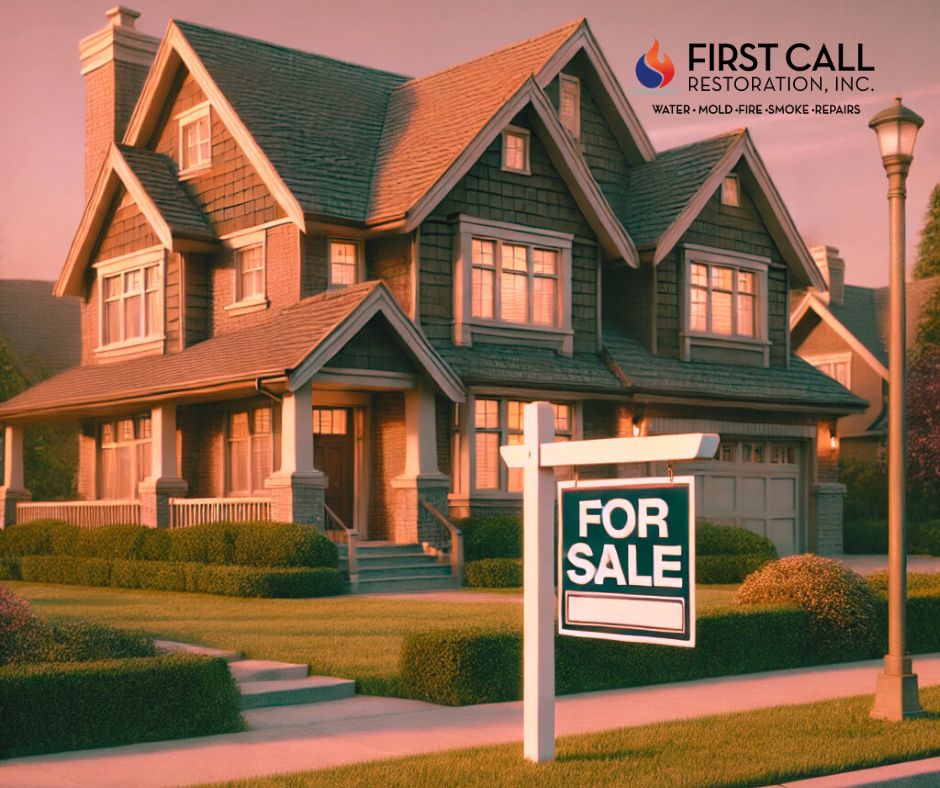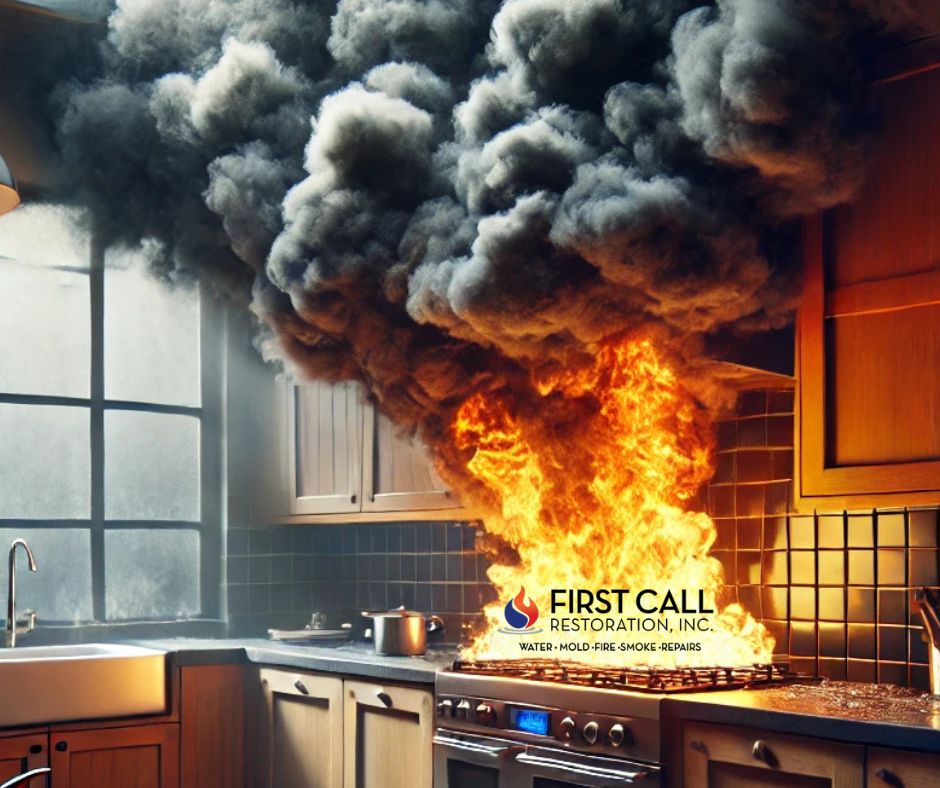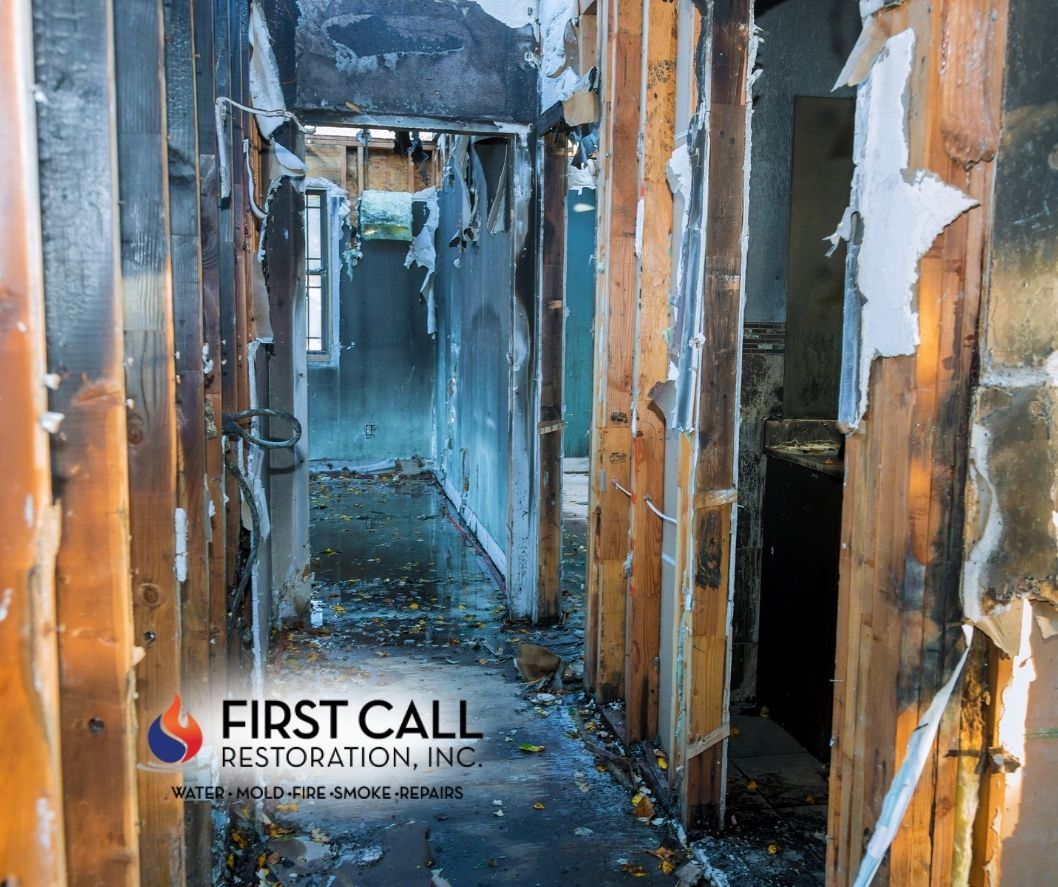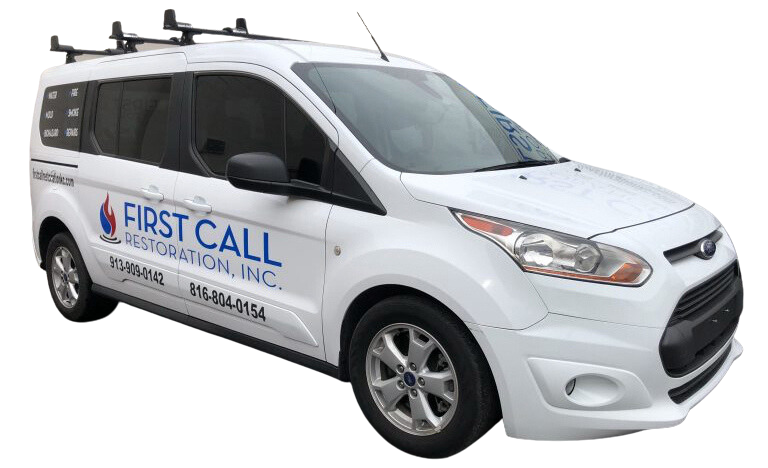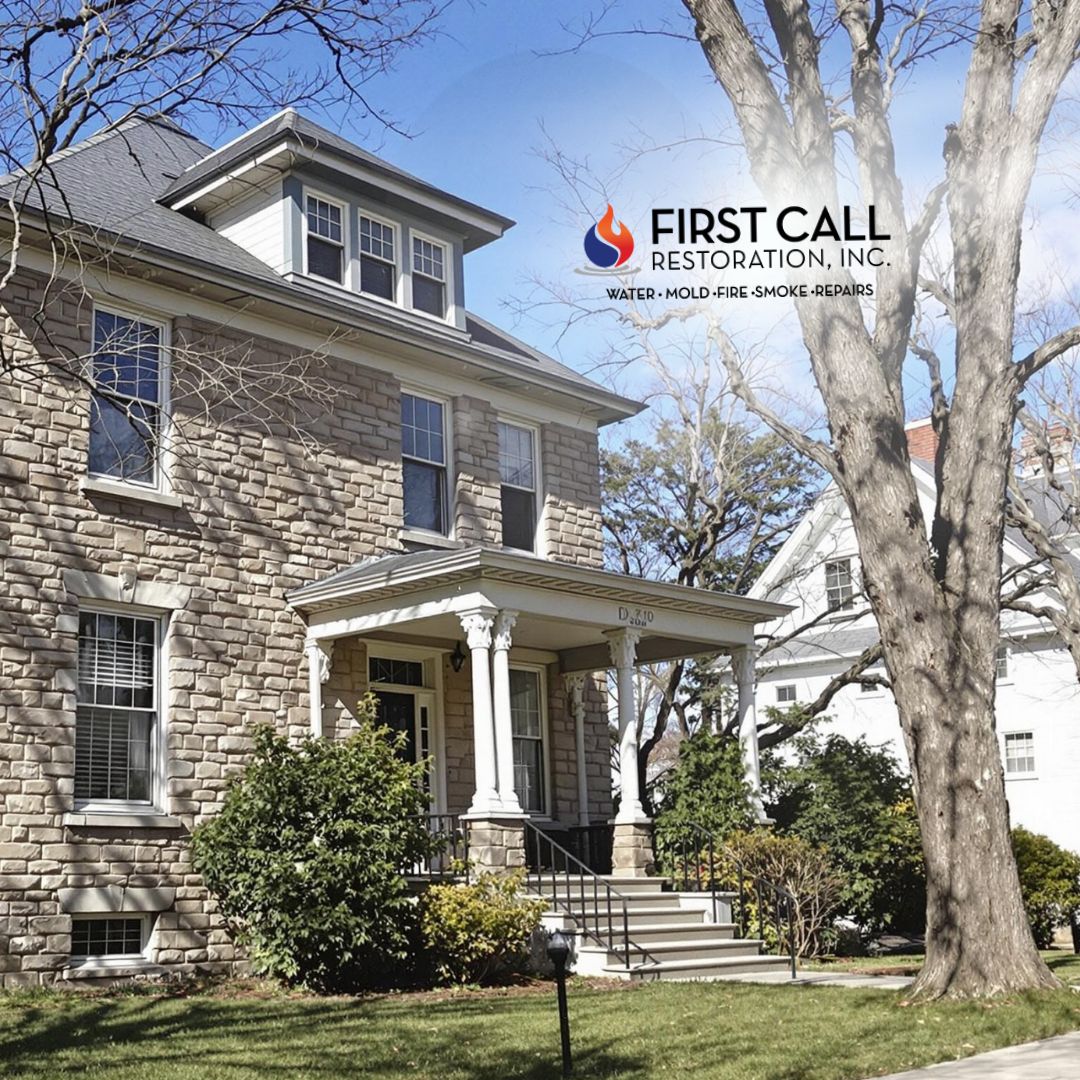
Older homes carry charm and character—but they also come with aging infrastructure that can hide serious water damage risks. From deteriorating plumbing to worn-out roofing, homes built 30, 50, or even 100 years ago are far more likely to develop costly water-related issues if not properly maintained.
At First Call Restoration KC, we’ve helped countless Kansas City homeowners uncover and repair water damage caused by time and neglect. In this post, we’ll explore the most common causes of water damage in older homes and provide practical tips to help you prevent long-term issues.
1. Aging or Corroded Plumbing Systems
Pipes don’t last forever. In older homes, plumbing systems may be made of galvanized steel, cast iron, or even lead—materials that degrade over time.
Common issues include:
- Corrosion and mineral buildup that leads to pipe bursts or leaks
- Joint deterioration from shifting foundations or poor repairs
- Pin-hole leaks that quietly drip behind walls for years
Prevention tips:
- Have your plumbing system inspected every few years, especially if it’s original to the house.
- Replace old galvanized pipes with PEX or copper piping.
- Watch for signs of trouble like low water pressure, rust-colored water, or unexplained moisture.
2. Outdated or Failing Roofs
A failing roof is one of the most common sources of hidden water intrusion in older homes.
What to watch for:
- Missing, curled, or cracked shingles
- Soft spots or sagging areas in the roof
- Water stains on ceilings or attic beams
- Granules in gutters, indicating shingle deterioration
Prevention tips:
- Get a professional roof inspection every 3–5 years, or sooner if you’ve had storm damage.
- Ensure flashing is intact around chimneys and vents.
- Keep gutters clean and make sure water drains away from the foundation.
3. Poor Drainage and Grading Around the Home
Older homes are often built with less sophisticated drainage systems, leading to water pooling around the foundation. Over time, this can cause basement leaks, foundation cracks, and mold growth.
Signs of trouble:
- Puddles forming near the home after rain
- Water stains or efflorescence on basement walls
- Mildew or damp smells in lower levels
Prevention tips:
- Regrade your yard to ensure water flows away from the house.
- Extend downspouts at least 5–10 feet from the foundation.
- Consider installing a French drain or sump pump system in high-risk areas.
4. Worn-Out Caulking and Seals
In older homes, window and door seals may no longer be watertight, allowing water to seep in during storms.
What to look for:
- Peeling or cracked caulking
- Condensation or fog between window panes
- Rotting wood around window or door frames
Prevention tips:
- Reseal windows and doors every few years using weatherproof exterior-grade caulk.
- Replace old windows with modern, energy-efficient models that resist moisture intrusion.
- Add weatherstripping to entry doors for extra protection.
5. Original or Damaged Foundation Materials
In many older homes, the foundation may have been constructed with materials that degrade over time—especially if exposed to moisture.
Risks include:
- Cracking or shifting due to water infiltration
- Leaking basements or crawl spaces
- Mold and mildew growth from persistent dampness
Prevention tips:
- Seal foundation cracks as soon as they appear.
- Apply a waterproof membrane or sealant to basement walls.
- Install a dehumidifier in crawl spaces or basements to control humidity.
6. Antiquated Appliances and Fixtures
Older homes often come with older appliances—and they may leak before failing entirely.
Common culprits:
- Washing machines
- Water heaters
- Dishwashers
- Refrigerators with ice makers
Prevention tips:
- Inspect hoses and connections regularly.
- Replace outdated appliances with modern, water-efficient models.
- Install a water leak detection system near high-risk appliances.
How First Call Restoration KC Can Help
Water damage in older homes often goes unnoticed until the signs are serious—soft floors, peeling paint, strange odors, or even mold. That’s where we come in.
- Water Damage Assessments – We identify the source, whether it’s a pipe, roof, or foundation issue.
- Drying and Dehumidification – Prevent mold and further damage with fast, professional drying equipment.
- Structural Repairs and Mold Remediation – We don’t just clean up; we restore your home safely and correctly.
- Preventative Recommendations – We help homeowners plan upgrades to avoid future water damage.
Final Thoughts
Older homes are full of character—but they also require a proactive maintenance approach, especially when it comes to water damage. By watching for common warning signs and addressing potential issues early, you can protect your home’s value, comfort, and safety.
If you’ve noticed moisture issues or suspect hidden water damage, don’t wait. Contact First Call Restoration KC for a professional inspection and restoration plan tailored to your home’s unique needs.

